The Backpacker's Guide to León
León is perfect for backpackers. Cheap, small, and easily explored on foot, this gem of Northern Spain remains firmly off the beaten path for foreign visitors. However, we’re betting that this is all going to change in the next few years. With gorgeous churches, the best locals, and the cheapest tapas in the country, this tiny town is set to explode with tourists. read on for our guide on visiting here as a backpacker.
LEóN
WHERE: North-west Spain
WHY: Amazing culture, cheap attractions, excellent bar culture.
TIME: 1-2 nights
UNDERSTAND
The city of León is located in the northwest of Spain. It is situated on the Camino de Santiago, and has a vast cultural, historical and architectural heritage. Founded by the Romans during their periods of conquest through Europe, the city started as a military outpost, but morphed into a trading, before turning into the Kingdom of Leon during the Middle Ages. Nowadays, the city is now home to about 115,000 residents. Teeming with life, art and culture, León is any travellers dream, and is a must visit.
Get in
Leon is located in the northwest of Spain, but is extremely well connected to the rest of country by road, rail and air. You have a couple of options for arriving in Leon.
1) Bus: Buses run from madrid several times daily. The buses leave from Estación Sur de Autobuses at the metro station Méndez Álvaro, a round trip costs between 20€ and 40€ per person and takes about 3 hours.
2) Train: Renfe operates train service to and from Madrid (1h57m). Trains leave from Chamartin (Madrid north station) to León several times a day and takes about 2 hours. There are also direct train connections to Valladolid (1 hour), Barcelona (8h), and other Spanish cities.
3) Plane: León Airport is located in the municipality of Virgen del Camino, six kilometres from the city, and has daily connections with Madrid and Barcelona. A taxi from the airpot to Leon should cost around €20, although the public bus costs €3.
Get around
The city is a pedestrians dream. The entire city is flat, cobblestoned, and largely designed with foot traffic in mind. This is particularly true of the old city, which houses the main attractions, the excellent Barrio Humedo and barrio Romantico, and the old city walls. All of these attractions are less than 10 minutes walk from one another, with twisting and turning passageways leading you from one site to the next. Don’t be a fool - skip the taxi and take this city on foot, it’s the only way to see it.
WHAT TO DO
Barrio Humedo: The sprawling and wandering alleyways of Barrio Humedo are beguiling, enchanting and gorgeous all at once. We spent a solid hour here going from shop to shop, bar to bar. each corner will bring you a unique view, and the neighbourhood will reward the curious visitor.
Tapas: The Tapas bars of Leon are famous for a reason. while we covered our guide to them over here, I’d recommend that you check out Jamon Y Jamon, La Bischa and Flanders Bar at the very least. The Tapas bars all operate similarly - buy a drink, receive some tapas - pretty simple. However, the food is awesome, and the prices are very cheap. expect to pay about 2 euros for a glass of wine with a tapas.
Eat Morcilla: Morcilla, or ‘blood sausage,’ is a specialty of the region, and is worth visiting the city for a mere taste. Spread over bread, on its own, or on a biscuit, this stuff goes down excellently, and I’d suggest any visitor consider a few bites of this before leaving.
WHAT TO SEE
As well as the cathedral with its superb stained glass (try to see it when the sun is streaming through) there are at least other three must-see attractions:
Catedral Leon: Also called ‘the House of Light’, this Gothic wonderland is a sprawling display of Spanish ingenuity, and stands sentinel from the centre of town.
Chalice of Dona Urraca: Kept inside the Basilica of San Isidro, this is argued to be the Holy Grail - you know, the one Christ drank from. At any rate you can see it for free, and see for yourself whether this thing is the real deal.
Church of San Isodoro' (11th century) and the adjoining Pantheon of the Kings: Contains breathtaking ceiling paintings
Casa Botines: One of the few buildings by Gaudi to be found outside of Barcelona.
Roman Walls: Scattered throughout the city, but most impressively found just outside the Church of San Isidro
MUSAC: Although located a short walk from the other attractions, MUSAC holds some of the finest contemporary art from Northern Spain, and is well worth the 3 euro admission fee.
WHERE TO STAY
Leon is yet to experience waves of backpackers, and is thus, mercifully free from teeming hostels or overrun dorm rooms. I’d recommend any visitor book into either Hostel Tranches or the excellently priced Hotel Plaza Mayor. Both are cheap, centrally located, are very low fuss.
If visiting in a campervan (like we did), I’d recommend that you park up in the Parking Lot located on Avenidas Los Peregrinos - it has waste water/black water dump stations, and water replenishment options. Better yet, they’re all free, and you can stay here for up to 72 hours, free of charge.
WHERE TO DRINK
Camarote Madrid: (Calle Cervantes, 8) Excellent wine and Tapas bar. Make sure you ask for ‘Vino Locales,’ or ‘Prieto Pecudo,’ the local varietal of red.
Resaraunte Ezequel: (Calle Ancha, 20) Centrally located, and very popular with locals, this bar is perfect for a traveller looking to save money - expect tp pay between 2 and 4 euros for any of the dozen wines they have by the glass here.
Cervantes 10 Gastrobar: (Calle Cervantes, 10) The best spot for vermouth, anywhere in the city. Arrived at midday and order a ‘vermouth con hielo,’ (vermouth on the rocks). Enjoy it with your complimentary pinxto, and watch the locals drift in and out. An utter delight.
Jamon Y Jamon: (Calle Cardilles,1) One of my favourite Tapas bars in town, Jamon Y jamon is run by a lovely couple who specialize in a few things - pouring wine, and serving up ham based Tapas, free of charge with any drink. thoroughly recommend.
Bar La Ribera: (Calle de Fernando G. Regueral, 8) Famed locally for their handmade potato dishes, Bar La Ribera falls into that perfect category of Tapas Bars that are absolutely wall-deep with locals on the weekend, but accessible and generally pretty quiet during the week
WHERE TO GET WI-FI
We found that Wi-Fi was fairly easy to access during our time in Leon. While I would not recommend asking any tapas Bars whether they have Wi-Fi (this would be a massive faux-pas), several Cafe’s and bars around town offer free Wi-Fi with any meal or drink.
Molly Malone’s Irish Pub (Paloma Street, 2)
Lion Crepe (three locations across town)
Pans and Company (Calle Ancha, 13)
WHERE TO GO NEXT
Given Leon’s northwest location, it places you in an excellent position to either head to other locations in Northern Spain or Basque country such as Bilbao or Pamplona, or you can just as easily take yourself over into Portugal (which is what we did.) As mentioned above, Leon is serviced by an excellent bus and train station, and is well connected to Madrid, Pamplona and Porto.
Any questions about Leon at all? Ask away in the comments section below! Have you been to Leon? Let us know about your experience here in the comments below!



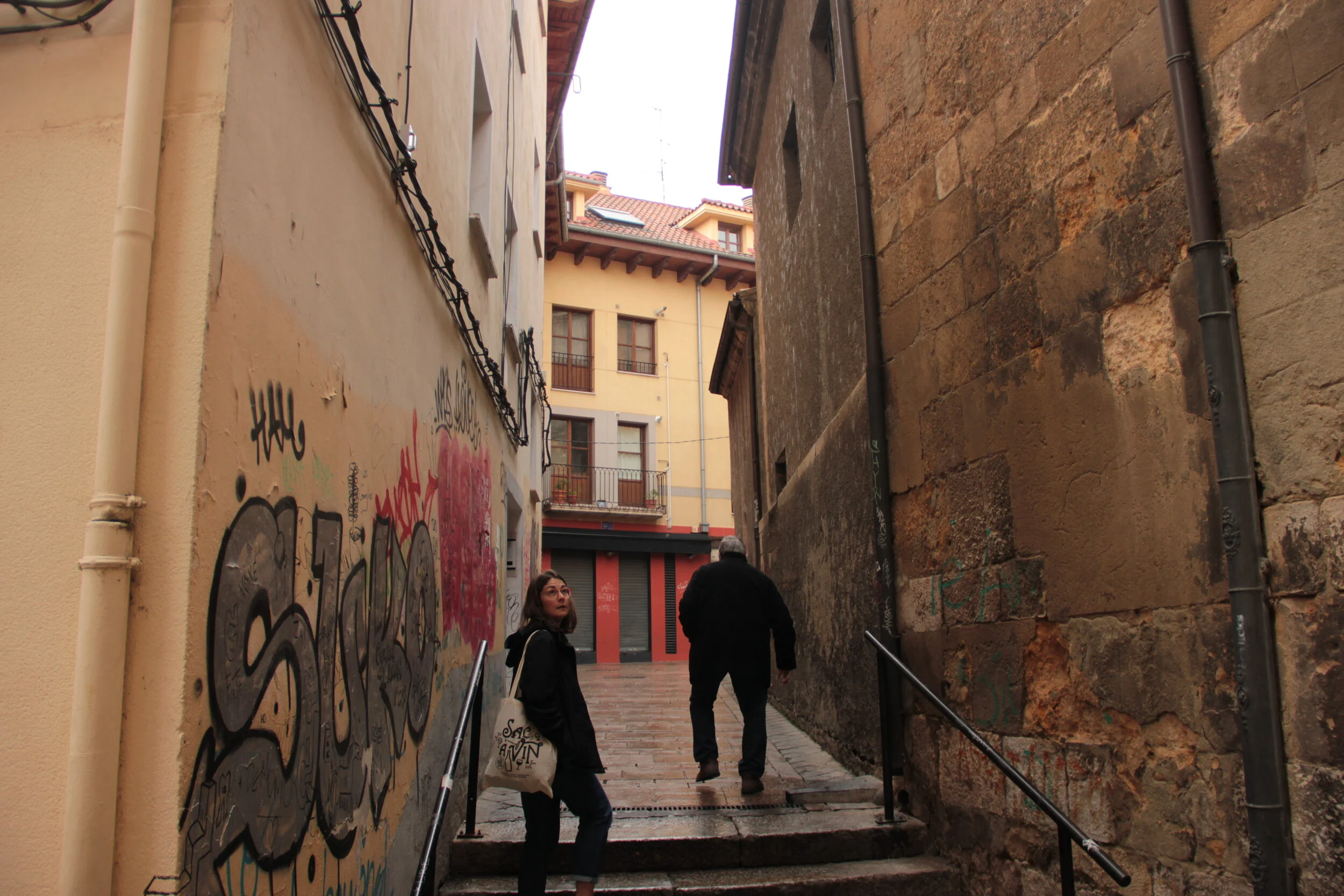
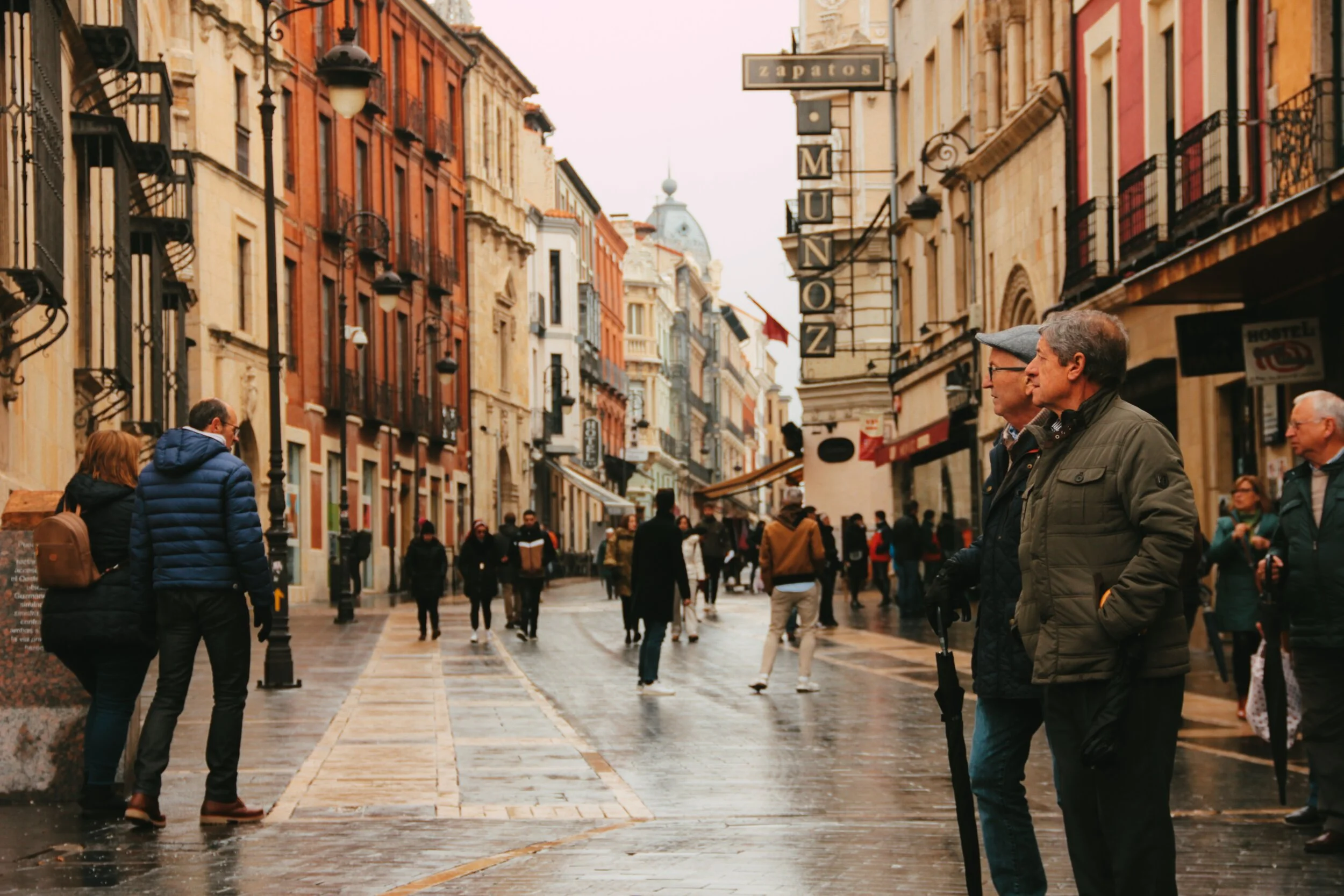
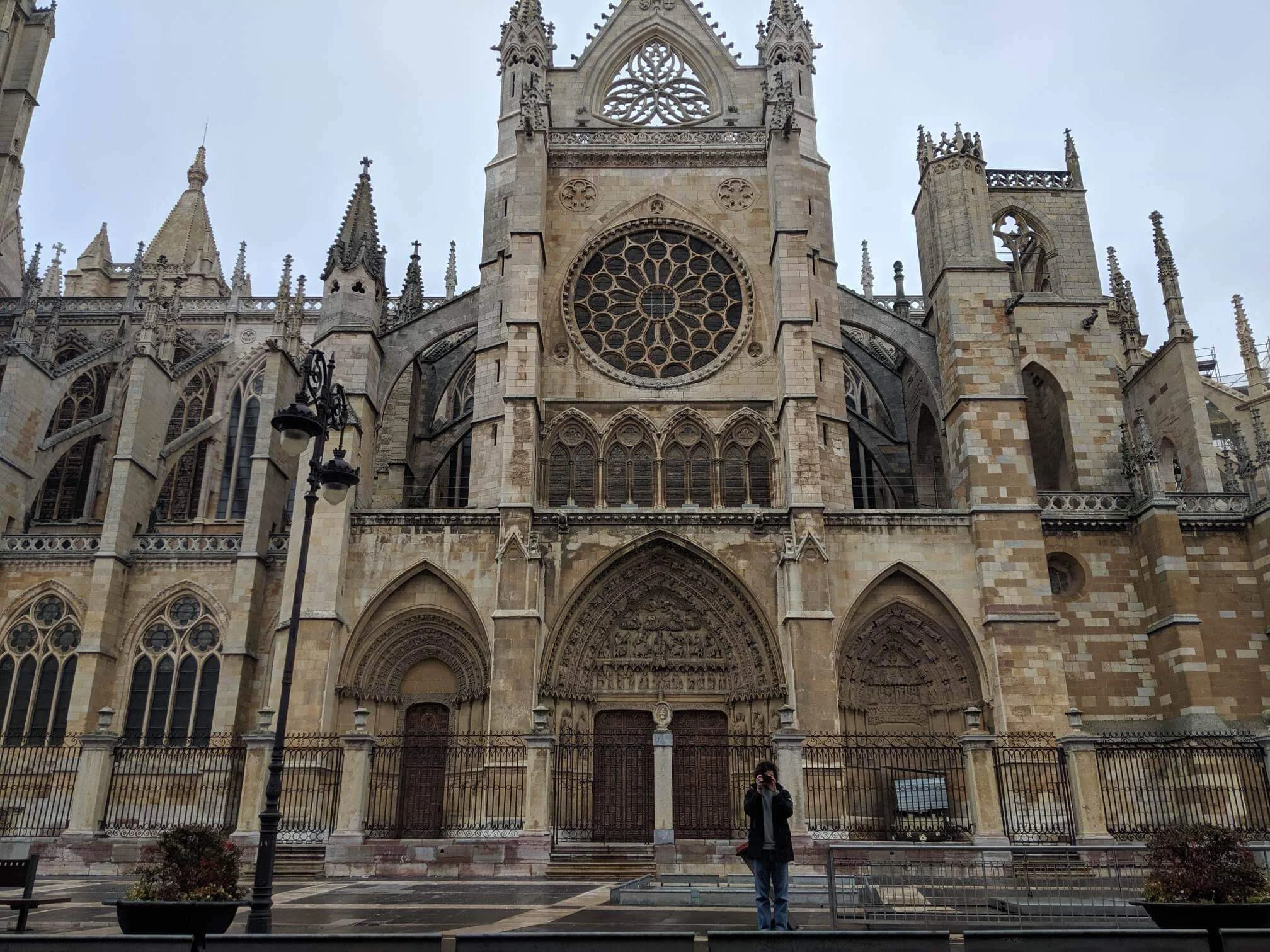
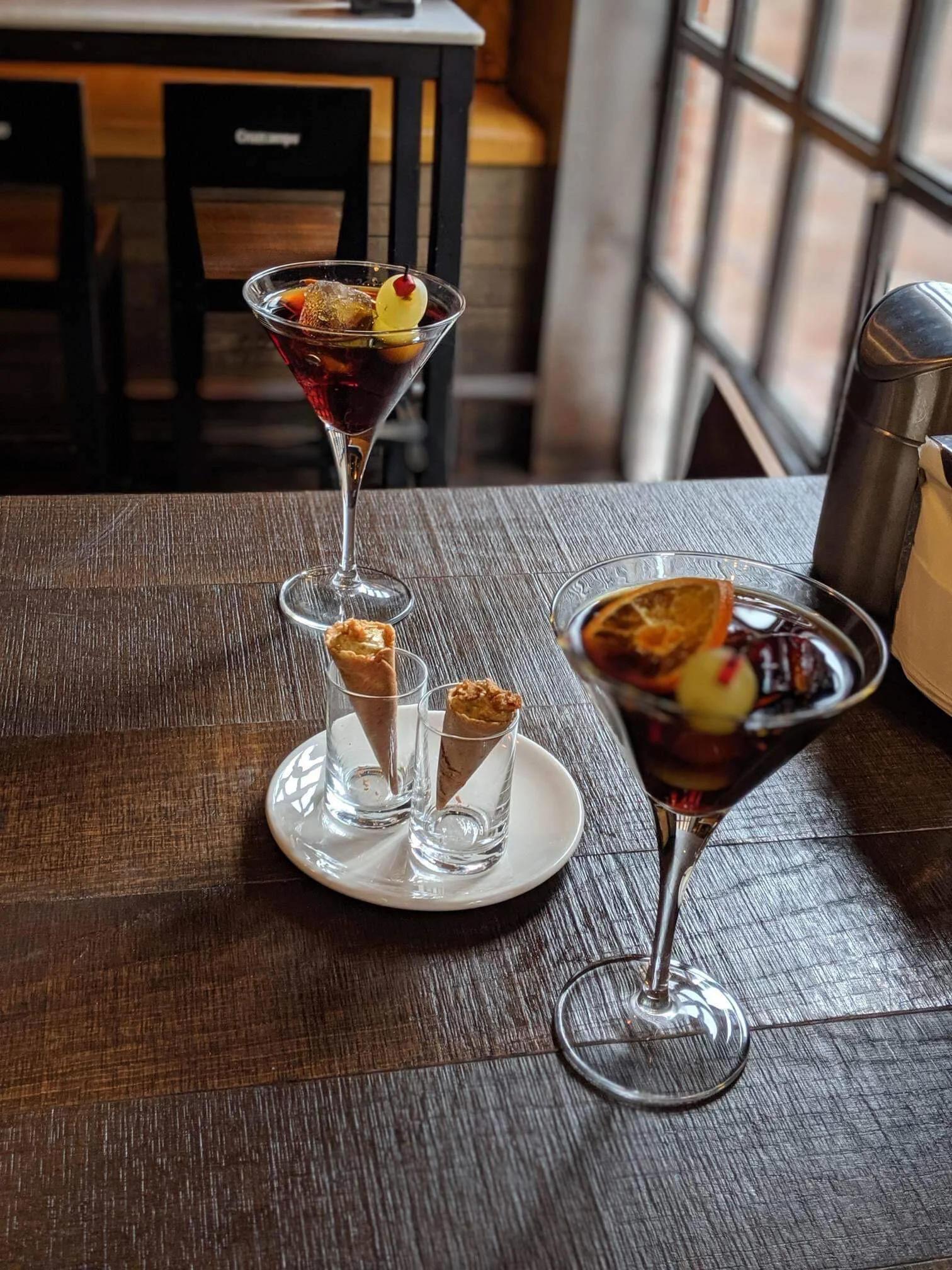

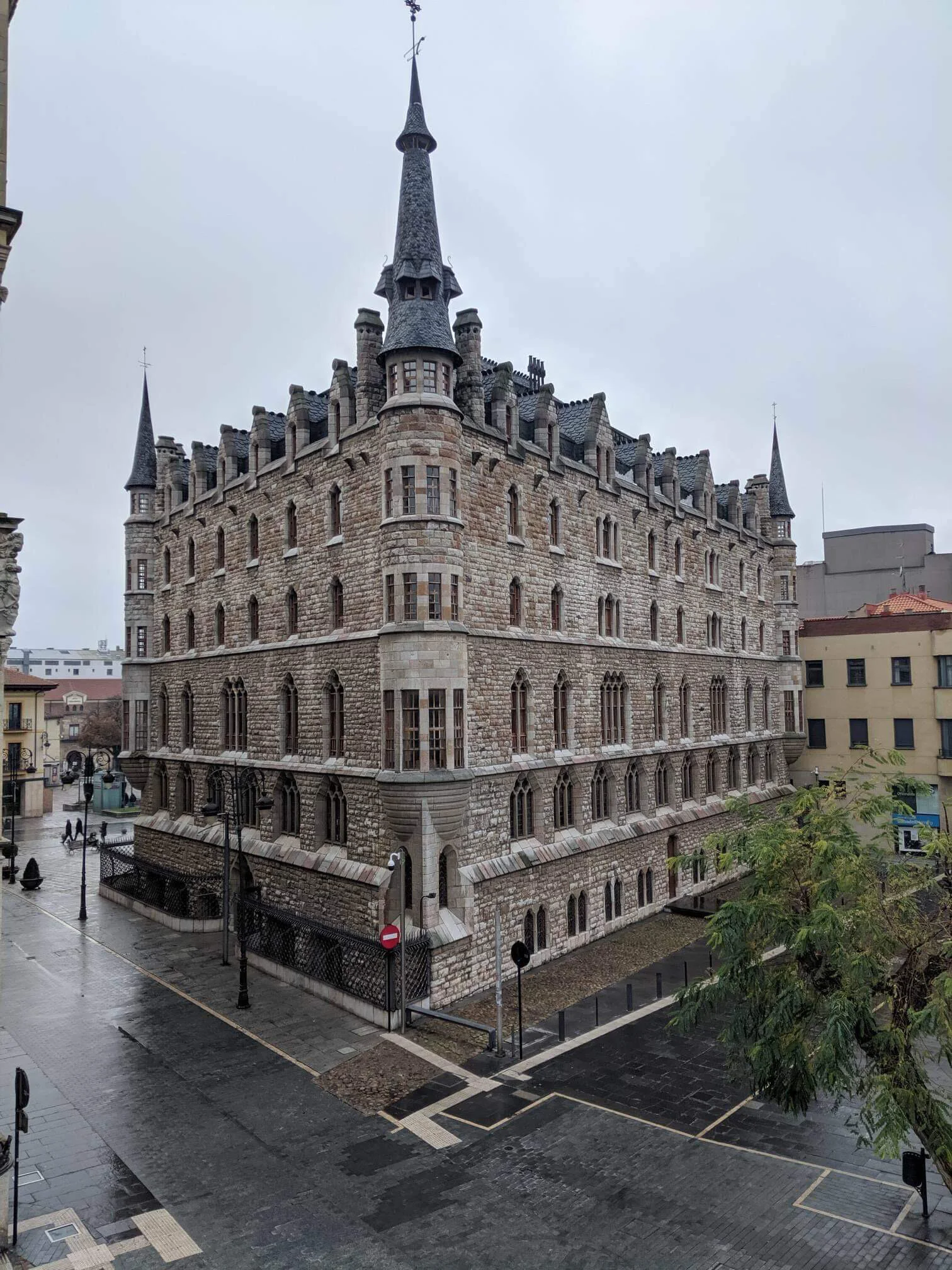









Our guide on the three best locations in Barcelona for wine, coffee and food.